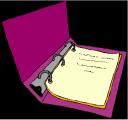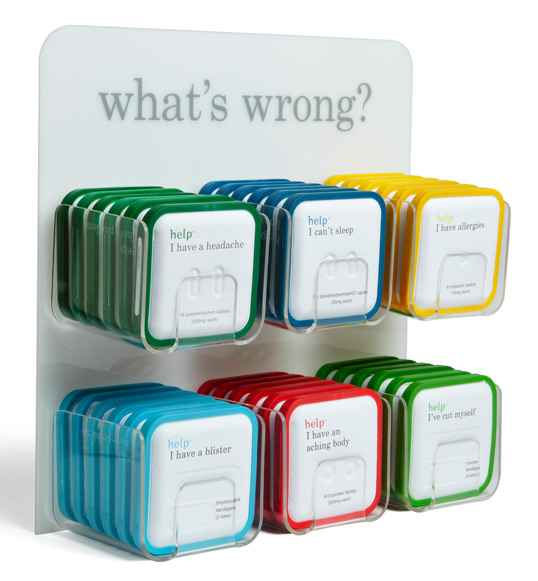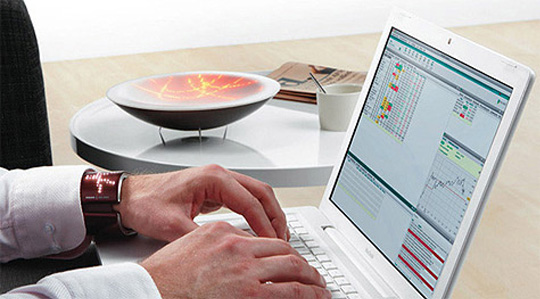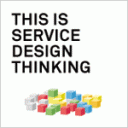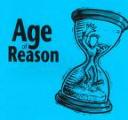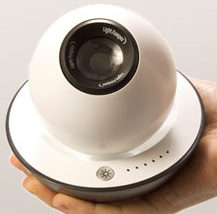Designing for Those that Grieve
Monday, November 30th, 2009 If you are faced with designing products, services, communications, events or other artifacts for those that are grieving it especially important to take a cognitive approach. Your goal may be to help them make sense of a loss, find hope in the future or otherwise cope but the key is to understand the cognition of the grieving process. Susan Berger has a new book that goes beyond the typical treatment (3-stages of grieving) and introduces types of grievers including the Nomad, Memorialist, Normalizer, Activist and the Seeker. Each type has a specific set of cognitive needs or psychographic profile. You can get more information from an interview she did for PsyCentral or check out her book, The Five Ways We Grieve.
If you are faced with designing products, services, communications, events or other artifacts for those that are grieving it especially important to take a cognitive approach. Your goal may be to help them make sense of a loss, find hope in the future or otherwise cope but the key is to understand the cognition of the grieving process. Susan Berger has a new book that goes beyond the typical treatment (3-stages of grieving) and introduces types of grievers including the Nomad, Memorialist, Normalizer, Activist and the Seeker. Each type has a specific set of cognitive needs or psychographic profile. You can get more information from an interview she did for PsyCentral or check out her book, The Five Ways We Grieve.
I have yet to apply her theory to a design problem but will have a chance to shortly. I will blog what I find.
